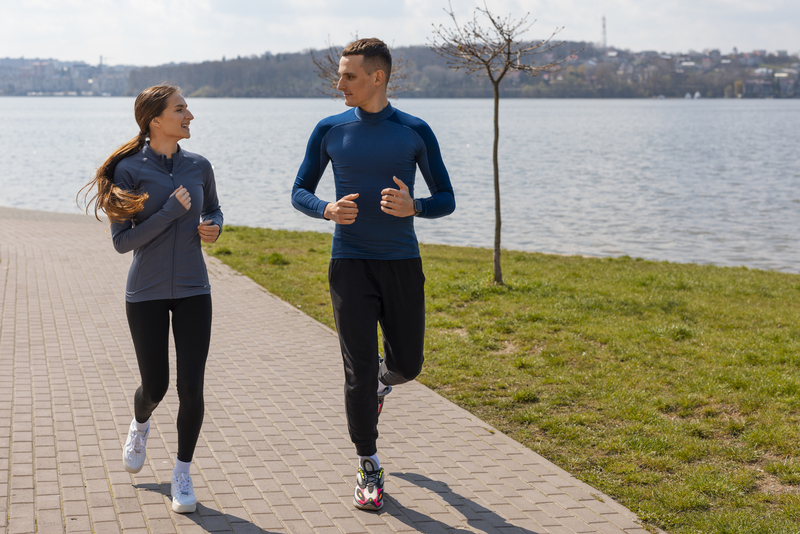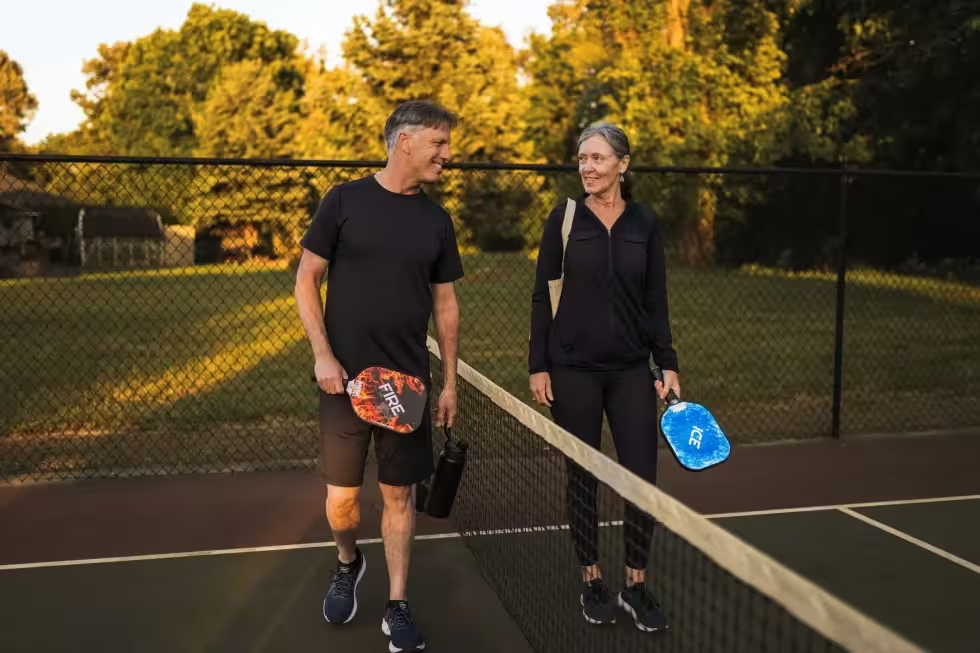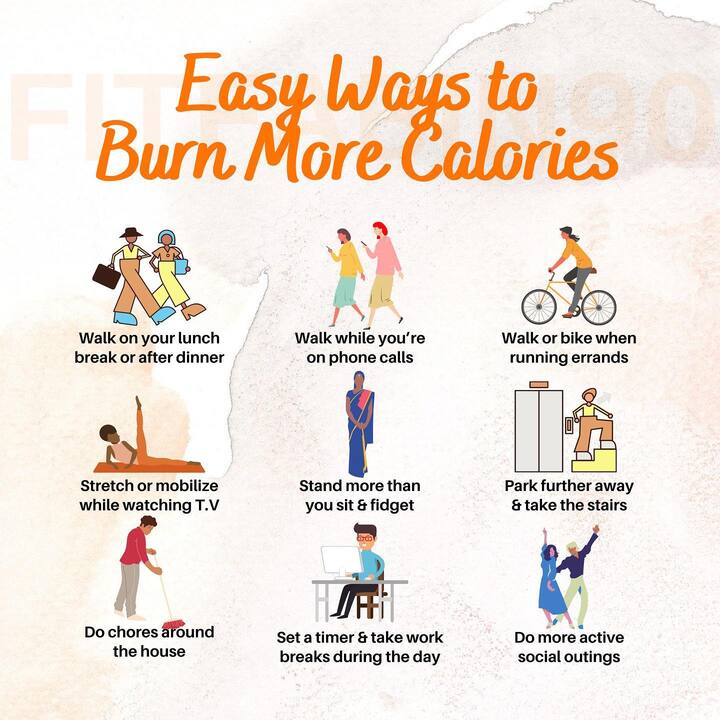How Many Calories Are Burned Through Walking?
Walking is an enjoyable and accessible exercise that offers numerous benefits for physical and mental well-being. Whether done outdoors, indoors, or on a treadmill with an incline for added intensity, walking contributes to overall fitness. According to the researchers, adults should aim for at least 2 1/2 hours of moderate-intensity physical activity every week
The number of calories burned while walking varies based on factors such as body weight, pace, and distance covered. For instance, an individual weighing 63 Kgs may burn approximately 64 calories per mile at a moderate pace of 2.8 miles per hour, while someone weighing 90 Kgs might burn around 87 calories covering the same distance at the same speed.
Additionally, age and the tract or ground walked on can impact the total calorie expenditure during a walk.
Factors Of Weight , Distance And Pace While Walking
The number of calories burned while walking is influenced by your pace, distance covered, and body weight. Researchers have provides classifications for different walking speeds, which are used to estimate calorie expenditure during walks. According to the them, a person weighing 77 Kgs ( 170 pounds) would burn approximately:
- 80 calories per mile while walking at a slow pace of 2.0 miles per hour (mph)
- 74 calories per mile while walking at a moderate pace of 2.8 miles per hour (mph)
- 83 calories per mile while walking at a brisk pace of 3.5 miles per hour (mph)
- 91 calories per mile while walking at a very brisk pace of 4 mph per Hour (mph)
Adjusting your pace and distance can help you tailor your walking routine to meet your fitness goals. For beginners aiming to progress to a brisk walking pace, it’s advisable to start at a slower pace and gradually increase both speed and distance over time.
Tracing Burned Calories During Walking
Tracking the calories burned while walking can be easily done using various tracking tools. These tools include smartphone applications as well as fitness trackers and wearable smart rings.
Some phones also come up with a built-in step tracker that records distance covered and calories burned, and it can sync with a fitness tracker for comprehensive monitoring.
Additionally, electronic pedometers offer a portable option for tracking steps, distance, heart rate, and calories burned. When choosing a pedometer, ensure it has calorie tracking capabilities by checking the manufacturer’s details.
With numerous options available, selecting a tracking tool ultimately depends on your personal preference and specific tracking needs.

Tips To Increase Your Calorie Burn While Walking
• Increase your walking pace to a faster speed, as it burns more calories than walking at a slower pace.
• Add uphill walking in your routine or use the incline feature on the treadmill. Walking uphill requires more energy and burns more calories compared to walking on a flat surface.
• Opt for the stairs as frequent as you can. Climbing stairs increases your step count and calorie burn.
• Integrate different intervals of your jogging into your walk to boost your pace and calorie usage.
• Find opportunities to walk more throughout your day, such as parking farther away, taking lunchtime strolls, or walking to nearby destinations instead of driving.
• Listen to music while walking to increase intensity and enjoyment.
Additionally, try standing up more during the day. For example, pace back and forth while talking on the phone to engage the muscles in your back and legs, resulting in increased calorie burn.
Walking ,Best Among All Activates
Walking is an excellent exercise that offers numerous benefits for both physical and mental well-being.
Engaging in regular physical activity, such as walking, can reduce the risk of chronic conditions like cancer, heart disease, and diabetes and strengthen muscles and bones and enhance brain functionality .
Moreover, walking promotes better sleep quality, sharper memory, and improved focus. It also contributes to lowering blood pressure, alleviating arthritis discomfort, maintaining a healthy weight, and reducing the likelihood of osteoporosis.
In terms of mental health, walking serves as a valuable tool for alleviating symptoms of anxiety and depression. Studies have demonstrated that both moderate and vigorous walking can enhance mental well-being and mitigate negative emotions, in addition to helping regulate blood pressure.
A recent research suggests that the actual number of steps required for health and longevity benefits may vary. Studies have indicated that aiming for a greater number of steps, particularly within the range of 7,000 to 9,999 steps daily, is associated with a significant reduction in the risk of all-cause mortality among middle-aged adults. Therefore, increasing total daily steps from sedentary levels (5,000 steps or less) to a more moderate range can contribute to a longer and healthier life.
Final Words
Get ready to boost your calorie burn by lacing up your sneakers and hitting the pavement for a walk! Walking is not only a simple and effective form of exercise but also a great way to enhance your overall health. To make walking easier and enjoyable try walking with a friend, your furry companion, or exploring new neighborhoods.
The health benefits of walking are plentiful, ranging from alleviating symptoms of depression and anxiety to reducing the risk of various diseases and enhancing sleep quality. To maximize the benefits for your health and longevity, aim to achieve a minimum of seven thousand steps everyday.
If you are a beginners then you should consult with a healthcare provider to get an insight of how to start walking. They can evaluate your medical and fitness history and provide personalized recommendations on how to begin your walking regimen.
Starting at a gentle or moderate pace and gradually increasing your speed, steps, and distance over time can help you gradually reach your fitness and health objectives as you incorporate walking into your routine.




